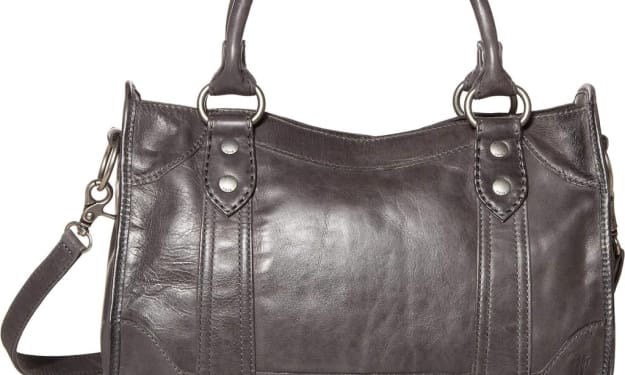
The acceleration of global trade in the latter half of the 20th century has seen a departure from classical trade theories that were built around perfect competition, comparative advantage, and constant returns to scale. Instead, countries appear to diversify in terms of production and exports as they grow. However, in most studies, the "concentration phenomenon" is referenced, which basically consists of commodity and market concentration and contributes to instability in export revenue. To maintain stability in export receipts, a broadening of the export base through a more diversified national trade portfolio has commonly been suggested. It has also been argued that, for poor countries to grow rich, it is essential to modify the composition of their exports. The debates about the Schlesinger hypothesis and the need for industrialization gave priority to diversifying economies away from primary commodities because of unfavorable and declining terms of trade, low value added, and slow productivity growth.
Export diversification allows a government to achieve some of its macroeconomic objectives, namely sustainable economic growth, a satisfactory balance of payments situation, employment, and redistribution of income. Through export diversification, an economy can progress towards the production and exportation of sophisticated products, which may greatly contribute towards economic development. In this regard, the aim of the present study is to investigate the interplay between export diversification and economic growth for Mauritius in the period 1980 to 2010. It is often argued that it is not only the level of exports that leads to growth, but what also matters is the degree of diversification of such exports or of the export base. Proponents of such a view have highlighted the prevalence of the diversification aspect as a major contributor to growth. Studies have shown that the process of development is characterized by two stages of diversification. In the first instance, as a result of growth, sectoral diversification increases, but beyond a certain level of per capital income, sectoral distribution of economic activity starts concentrating again. Thus, sectoral concentration follows a U-shaped pattern. Klinger and Lederman demonstrated that this U-shaped pattern would hold for export diversification as well. Using disaggregated export data, the authors found that overall diversification increases at low levels of income, reaches a maximum at intermediate levels of income, and then declines at high levels of income.
At the same time, it is worth highlighting that the liberalization of tariff and non-tariff measures could enhance the competitiveness of Russian producers in the new competitive environment. This could be attributed to the lower prices resulting from the above-mentioned measures, which could impact the intermediate products utilized by Russian manufacturers in the production of final goods. As about half of the commercial imports into Russia comprise machinery, equipment, and vehicles, it indicates that many Russian industrial companies rely heavily on imported components and equipment. Such imports could lead to exports and may prove beneficial for the industry, encouraging domestic producers to specialize further and contribute to the international value-added chain. The growth of competition could also encourage Russian companies to enhance their competitiveness through new managerial techniques, production methods, certifications, and other measures. The efforts to create an innovation-based economy could lead to the production of goods and services in demand internationally and reduce the dependence on commodity exports, further diversifying production.
It is expected that the relative priorities of national economic entities would undergo positive changes, as they evaluate various options to enhance their competitiveness. Before joining the WTO, Russian business units relied heavily on various forms of state support, including import duties, subsidies, standards and technical barriers to trade, licensing, among others. As they could lobby successfully for these protective trade policy instruments, they did not pay much attention to alternative methods to improve competitiveness, such as introducing new technological solutions, staff skills improvement, organizational development, etc. However, with the WTO accession, the relative utility of intra-company measures aimed at enhancing competitiveness could increase, making them a preferred strategy for rationally acting economic entities.
As a WTO member, Russia must adhere to a rather strict set of rules and disciplines, and it also has specific rights that it can exercise. For instance, Russian companies have the right to demand the same treatment from their foreign partners, in line with binding international non-discrimination principles and norms, regarding products originating from Russia. If foreign partners do not comply, the country could use the dispute settlement mechanism to mitigate potential trade conflicts.
Moreover, in the medium term, Russia's reservation not to participate in the Agreement on Government Procurement for at least four years could yield positive outcomes. In particular, for several sectors in the national economy, such as car manufacturing, apparel industry, and agriculture, state procurement for public purposes that explicitly exclude foreign suppliers could prove advantageous.
Russia's accession to the WTO could open up opportunities for domestic businesses to improve their competitiveness in the global market. With the liberalization of tariff and non-tariff measures, Russian producers may benefit from lower prices for intermediate products used in the production of final goods. This may encourage domestic companies to specialize further and contribute to the international value-added chain. Increased competition may also stimulate Russian firms to adopt new managerial techniques and production methods to enhance their competitiveness.
Prior to joining the WTO, Russian companies relied heavily on state support, such as import duties, subsidies, and technical barriers to trade. However, with the adoption of stricter rules and disciplines, domestic businesses may be more inclined to focus on alternative measures to improve competitiveness, such as introducing new technological solutions, staff skill improvement, and organizational development.
Russia's accession to the WTO may also result in an increase in foreign direct investment (FDIC). The country's commitments regarding the liberalization of trade in services, intellectual property rights protection, and the improvement of the business and institutional environment may make it a more attractive destination for foreign investors. FDIC has the potential to generate positive effects, including growth in competitiveness for individual companies, entire industries, and clusters of the national economy. This may lead to increased involvement in international supply chains for Russian companies.
Moreover, as a member of the WTO, Russia has specific rights that it can use to demand equal treatment for its products in foreign markets, in line with international non-discrimination principles and norms. In case of any trade conflicts, the country can use the dispute settlement mechanism to mitigate them. While Russia has reserved the right not to participate in the Agreement on Government Procurement for at least four years, this may create an opportunity for domestic businesses to prepare for the full-scale competitive WTO-based environment.
Overall, Russia's accession to the WTO offers opportunities for domestic businesses to enhance their competitiveness, attract foreign investment, and contribute to the country's economic growth.
About the Creator
Prabu S
I became a blogger..





Comments
There are no comments for this story
Be the first to respond and start the conversation.